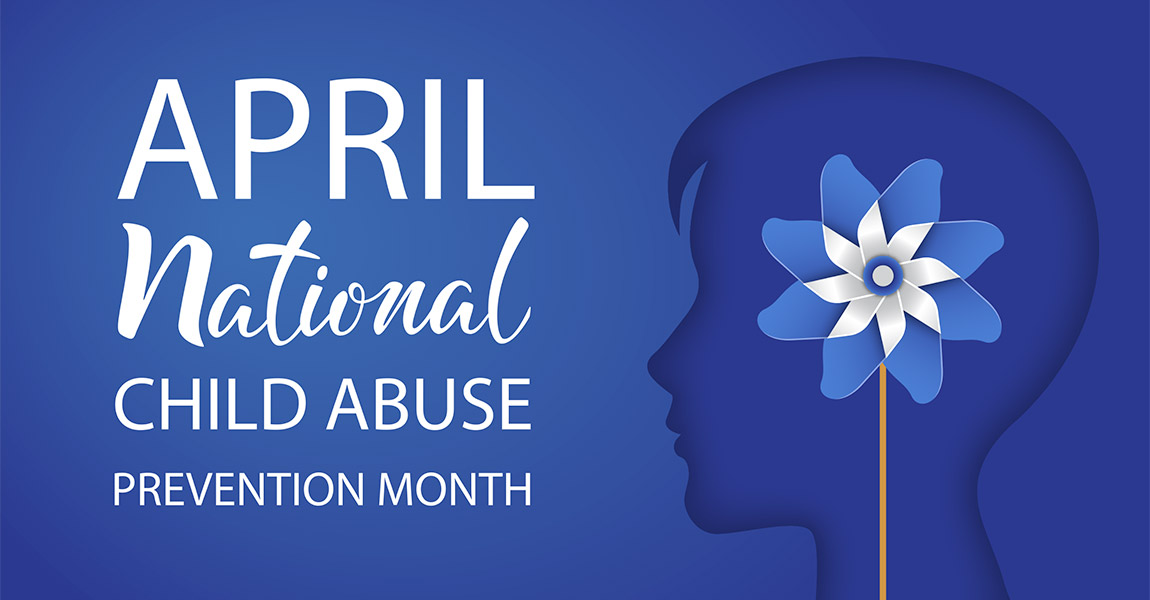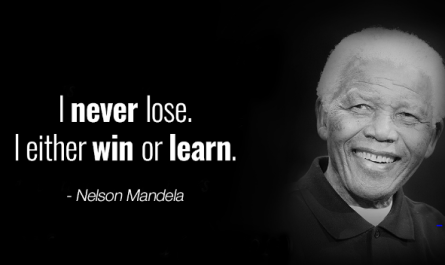Child Abuse Prevention
The World Health Organization (WHO) defines child maltreatment as “all forms of physical and emotional ill-treatment, sexual abuse, neglect, and exploitation that result in actual or potential harm to the child’s health, development or dignity.” There are four main types of abuse: neglect, physical abuse, psychological abuse, and sexual abuse. Abuse is defined as an act of commission and neglect is defined as an act of omission in the care leading to potential or actual harm. This activity reviews the epidemiology, presentation, and diagnosis of child abuse and highlights the role of the interprofessional team in its management and prevention.
Child abuse isn’t just about black eyes. While physical abuse is shocking due to the marks it leaves, not all signs of child abuse are as obvious. Ignoring a child’s needs, putting them in unsupervised, dangerous situations, exposing them to sexual situations, or making them feel worthless or stupid are also forms of child abuse and neglect—and they can leave deep, lasting scars on kids. Regardless of the type of abuse, the result is serious emotional harm. But there is help available. If you suspect a child is suffering from abuse or neglect, it’s important to speak out. By catching the problem as early as possible, both the child and the abuser can get the help they need.
Types of abuse and neglect
Physical abuse – occurs when a child’s body is injured as a result of hitting, kicking, shaking, burning, or other shows of force. One study suggests that about 1 in 20 children has been physically abused in their lifetime.
Sexual abuse – is any sexual activity a child cannot understand or consent to. It includes acts such as fondling, oral-genital contact, and genital and anal intercourse. It also includes exhibitionism, voyeurism, and exposure to pornography. Studies suggest that up to one in five girls and one in 20 boys will be sexually abused before they are 18 years old. More than 90 percent of child sexual abuse victims know their abuser.
Child neglect – can include physical neglect such as failing to provide food, clothing, shelter, or other physical necessities, emotional neglect such as not providing love, comfort, or affection, and medical or educational neglect such as not providing access to needed medical care or education or supervisory neglect such as failure to appropriately supervise. Psychological or emotional abuse results from all of the above, but also can be associated with verbal abuse, which can harm a child’s self-worth or emotional well-being.
Emotional abuse – which is sometimes called psychological abuse, is a pattern of behavior that damages a child’s sense of self-worth and negatively impacts their emotional development. In addition to withholding love and support, the person emotionally abusing the child also may reject, criticize, threaten, demean, and berate the child. They also may humiliate the child, engage in name-calling, and insult them.
Signs and symptoms
It is not always easy to recognize when a child has been abused. Children who have been maltreated are often afraid to tell anyone because they think they will be blamed or that no one will believe them. Sometimes they remain quiet because the person who abused them is someone they love very much, or because of fear, or both. Parents also tend to overlook signs and symptoms of abuse, because it is hard to believe it could happen or they fear what might happen if people found out. However, a child who has been abused needs special support and treatment as early as possible. The longer children continue to be abused or are left to deal with the situation on their own, the harder it is for them to be able to heal and develop optimally physically and mentally.
Physical signs
- Bruises to the torso, ears, or neck in a child less than four years of age
- Any injury (bruise, burn, fracture, abdominal or head injury) that is not consistent with the way the injury is said to have happened, that cannot be adequately explained, or that is inconsistent with the child’s developmental capabilities
- The child discloses abuse or neglect
- Failure to gain weight (especially in infants) or sudden dramatic weight gain
- Genital pain, bleeding, or discharge
- A sexually transmitted disease
Behavioral and mental health
- Fearful behavior (nightmares, depression, unusual fears)
- Unexplained abdominal pain, sudden onset of bed-wetting, or regression in toileting (especially if the child has already been toilet trained)
- Attempts to run away
- Extreme sexual behavior that seems developmentally inappropriate for the child’s age
- Sudden change in self-confidence
- Headaches or stomachaches with no medical cause
- School failure
- Extremely passive or aggressive behavior
- Desperately affectionate behavior or social withdrawal
- A big appetite and stealing food
Signs of child neglect
- Wear ill-fitting, filthy, or inappropriate clothing for the weather.
- Have consistently bad hygiene (unbathed, matted, and unwashed hair, noticeable body odor).
- Have untreated illnesses and physical injuries.
- Be frequently unsupervised or left alone or allowed to play in unsafe situations.
- Be frequently late or missing from school.
Signs of Emotional Abuse
- Anxiety, depression, and/or avoidance
- Declining performance at school
- Delayed emotional development
- Desire to hurt themselves or other people
- Desperately seeking affection from other adults
- Developmental regression (for example, bedwetting)
- Frequent complaints of headaches, stomachaches, or other somatic symptoms with no known cause
- Loss of interest in social activities or other interests
- Low self-esteem
In the case of both physical and emotional trauma, the immediate impact is immediately felt. However, it can also result in lasting lifelong physical and psychological trauma. Other children, families, and society also experience this trauma in the way the afflicted child communicates with them. Research has indicated direct neural impact from abuse – as seen in the emotional lobe, memory center, decision-making center, and other brain functioning areas. As adults, victims of childhood abuse are more vulnerable to mental health trauma.
Ten Things You Can Do to Prevent Child Abuse
- Volunteer your time. Get involved with other parents in your community. Help vulnerable children and their families. Start a playgroup.
- Discipline your children thoughtfully. Never discipline your child when you are upset. Give yourself time to calm down. Remember that discipline is a way to teach your child. Use privileges to encourage good behavior and time-outs to help your child regain control.
- Examine your behavior. Abuse is not just physical. Both words and actions can inflict deep, lasting wounds. Be a nurturing parent. Use your actions to show children and other adults that conflicts can be settled without hitting or yelling.
- Educate yourself and others. Simple support for children and parents can be the best way to prevent child abuse. After-school activities, parent education classes, mentoring programs, and respite care are some of the many ways to keep children safe from harm. Be a voice in support of these efforts in your community.
- Teach children their rights. When children are taught they are special and have the right to be safe, they are less likely to think abuse is their fault, and more likely to report an offender.
- Support prevention programs. Too often, intervention occurs only after abuse is reported. More significant investments are needed in programs that have been proven to stop the abuse before it happens – such as family counseling and home visits by nurses who provide assistance for newborns and their parents.
- Know what child abuse is. Physical and sexual abuse clearly constitute maltreatment, but so does neglect, or the failure of parents or other caregivers to provide a child with needed food, clothing, and care. Children can also be emotionally abused when they are rejected, berated, or continuously isolated.
- Know the signs. Unexplained injuries aren’t the only signs of abuse. Depression, fear of a certain adult, difficulty trusting others or making friends, sudden changes in eating or sleeping patterns, inappropriate sexual behavior, poor hygiene, secrecy, and hostility are often signs of family problems and may indicate a child is being neglected or physically, sexually, or emotionally abused.
- Report abuse. If you witness a child being harmed or see evidence of abuse, make a report to your state’s child protective services department or local police. When talking to a child about abuse, listen carefully, assure the child that he or she did the right thing by telling an adult, and affirm that he or she is not responsible for what happened.
- Invest in kids. Encourage leaders in the community to be supportive of children and families. Ask employers to provide family-friendly work environments. Ask your local and national lawmakers to support legislation to better protect our children and improve their lives.
Open, two-way communication with your child provides the best chance of knowing early when there is a problem. Make sure your child understands they will not get in trouble if they tell you about abuse or other confusing events.
Instead of teaching them that they are surrounded by danger, teach them that they are strong, capable, and can count on you to keep them safe.
child abuse helpline number
Protection of Child Rights – Toll-Free Help Line No. 1098
Bachpan Bachao Andolan – 1800-102-7222




